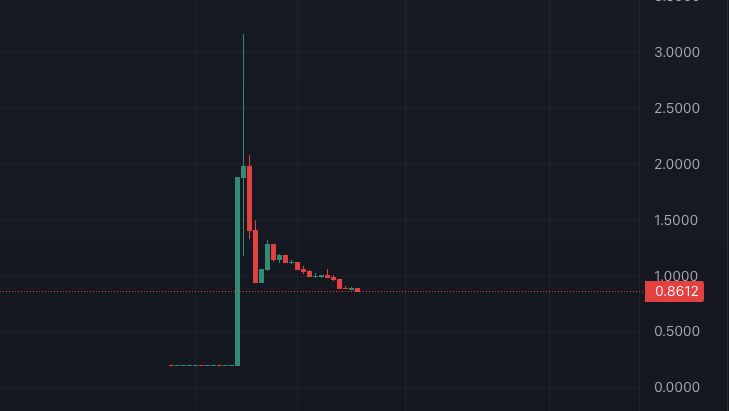
Proof of Work, Proof of Stake, and Proof of Human Work
Introduction: Why “Proof” Matters in Crypto
When you hear “blockchain,” you might think of Bitcoin or Ethereum, but what really keeps these systems secure and decentralized? The answer lies in consensus mechanisms, the rules that determine how transactions are verified and added to the blockchain. This article breaks down the most well-known ones: Proof of Work (PoW) and Proof of Stake (PoS), and teases the emerging idea of Proof of Human Work (PoHW).
Part 1: What is Proof of Work (PoW)?
How It Works
Proof of Work is the original consensus mechanism used by Bitcoin and many other early blockchains. Here’s how it works:
- Transactions are broadcast to the network.
- Miners (special nodes with computational power) compete to solve a complex mathematical puzzle, a cryptographic hash function.
- The first miner to solve the puzzle earns the right to add the next block to the blockchain.
- They receive a block reward (newly minted coins) and transaction fees.
This process is called mining, and the puzzle-solving is the “work” being proven.
Why It’s Secure
- The puzzles are hard to solve but easy to verify.
- Rewriting history (changing a previous block) would require re-mining all subsequent blocks—practically impossible without controlling 51%+ of the network’s total hash power.
Trade-offs
- Pros:
- Time-tested security (e.g., Bitcoin’s network).
- Resistant to central control when hash power is distributed.
- Cons:
- Extremely energy-intensive.
- Can lead to mining centralization due to expensive hardware requirements.
- Slow transaction throughput.
Part 2: What is Proof of Stake (PoS)?
How It Works
Rather than using energy to mine, PoS uses financial skin in the game:
- Validators “stake” (lock up) coins as collateral.
- The network randomly selects a validator (weighted by stake) to create the next block.
- If they behave honestly, they earn rewards.
- If they cheat (double-sign, include invalid transactions), they risk losing part or all of their stake and this is called slashing.
Why It’s Secure
- Validators are incentivized to play by the rules.
- Attacks become expensive: to control the network, you’d need to buy and stake a large portion of the total supply.
Trade-offs
- Pros:
- Much more energy efficient.
- Lower barrier to entry (anyone can stake, no mining rigs needed).
- Faster and cheaper transactions.
- Cons:
- Wealth concentration because those with more stake earn more, possibly increasing centralization.
- Some argue it’s less battle-tested than PoW.
- Theoretical attack vectors (e.g., long-range attacks, nothing-at-stake problem).
Coming Soon: What is Proof of Human Work (PoHW)?
This emerging concept flips the traditional model. Instead of burning electricity or locking coins, humans contribute useful work, like training AIs, labeling data, or solving CAPTCHAs to earn crypto rewards. Think of it as:
- Proof that a real human did something valuable.
- A way to fight bots and automation abuse.
- A bridge between human labor and decentralized networks.
We’ll explore this in detail in a later article.
Different Chains and Different Priorities
Whether it’s securing the Bitcoin network through PoW or enabling fast, low-cost transactions via PoS, each consensus model reflects different trade-offs in decentralization, efficiency, and sustainability. As the crypto space evolves, new mechanisms like Proof of Human Work might help reshape how we think about value, contribution, and trust.
S Taylor is a crypto trader with five years of experience, having navigated a wide range of market dynamics and witnessed numerous scams firsthand. As a former victim of scams, S Taylor turned their focus to blockchain forensics and Solidity Smart Contract development, gaining deep technical expertise in the field. With a unique insider’s perspective, they’ve been involved in various crypto projects, where they’ve seen how developers can exploit vulnerable investors.
S Taylor is also the published author of Meme Coins Made Easy, a comprehensive guide that teaches beginners about cryptocurrency and how to identify and avoid common scams. S Taylor is dedicated to sharing valuable insights and helping the crypto community stay informed and safe.
Disclaimer: This article is for informational purposes only and should not be considered legal, tax, investment, or financial advice.






